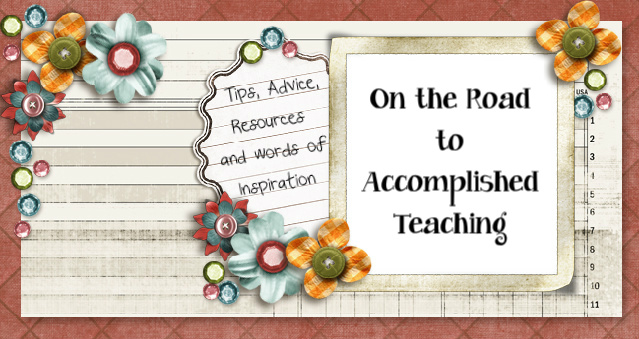 |
| The jigsaw strategy helps students with informational reading comprehension |
How good are you at solving jigsaw puzzles? Not 500 or 1000 piece puzzles, but 5 or 6 piece puzzles? Easy, peazy, lemon squeezy! Well, this strategy is called the jigsaw because it uses a jigsaw method to help students understand informational text.
What is the jigsaw strategy?
How does it work?
Why should we use this strategy?
What is the jigsaw strategy?
The jigsaw is a strategy that divides the responsibility of reading text between a select number of student groups. This strategy enhances student focus, strengthens summarization skills and helps with comprehension of informational text.
How does it work?
- Select a reading passage on the mid-range level of the class's comprehension.
- Divide the passage into 5-6 sections.
- Divide your class into the same number of groups (making sure that the groups contain a mixture of reading levels)
- Have all student groups read the introductory paragraph of the selection. Then select one section for each group to read.
- After reading their selection, have each group internally discuss what they read.
- Have each group summarize the reading selection and present that summary in chart form (using text or pictures.)
- The teacher briefly discusses the introduction, with assistance from the entire class.
- Then, in the order of the text, each group presents what they learned from the reading.
Why should we use this strategy?
This strategy is good because it encourages students to work cooperatively - strong readers assist struggling students as they discuss the reading. The jigsaw strategy also helps students practice summarizing skills. Students are more engaged, because they are reading chunks of text instead of the entire text. And when they present their summaries to the whole class, they hone presentation skills.
Could you use this strategy in your classroom?
Queen Bee







